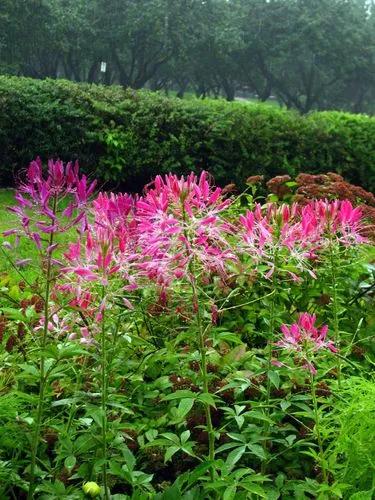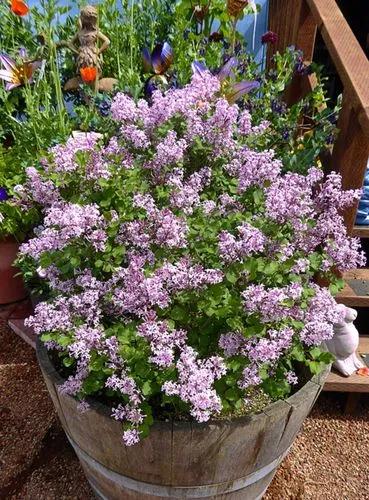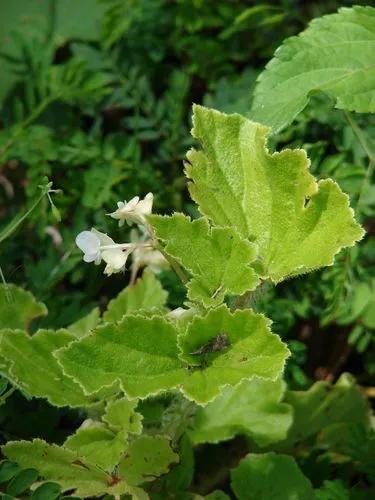Eriogonum Umbellatum [er-ih-OG-uh-num, um-bell-AY-tum] is a highly variable perennial flowering plant species of the family Polygonaceae, along with the silver lace vine.It is commonly known as the knotweed family and native to western North America, from California to Colorado to central Canada.It is also sometimes referred to as sulphurflower wild buckwheat, with reference to its genus Eriogonum, commonly known as wild buckwheat.
Blue Mountain Buckwheat Care
Eriogonum Strictum



How to Care for the Plant

Water

In its native range, Eriogonum umbellatum generally grows on dry mountainous slopes and ridges hence, its water requirements are very low. Watering three to four times a month, at maximum, is enough for established sulphur flower plants.

Pruning

Deadhead regularly unless seed is desired.

Sunlight

Sulphur flower buckwheat can grow in full sun to partial shade.

Soil

This wild buckwheat species grows best in gravelly, circumneutral (having a pH between 6.8 and 7.2), and well-drained soils. Sandy soil is also a good choice for growing sluphur flowers.While the plant has a good tolerance for poor soils and drought, it cannot tolerate wet soils in winters.

Temperature

It is also quite tolerant of cold and can survive in temperatures as low as 0° degrees Fahrenheit (-18° C).

Popularity

6 people already have this plant 2 people have added this plant to their wishlists
Discover more plants with the list below
Popular articles






